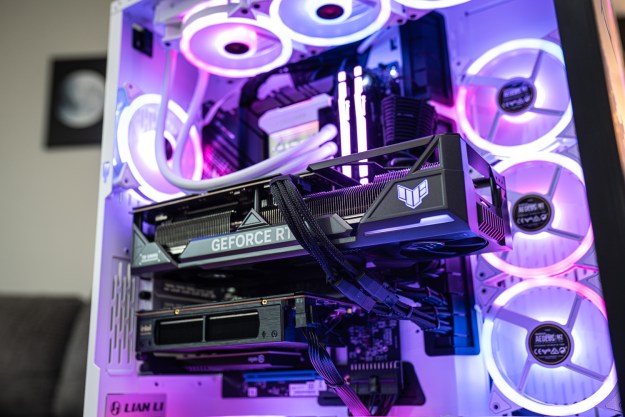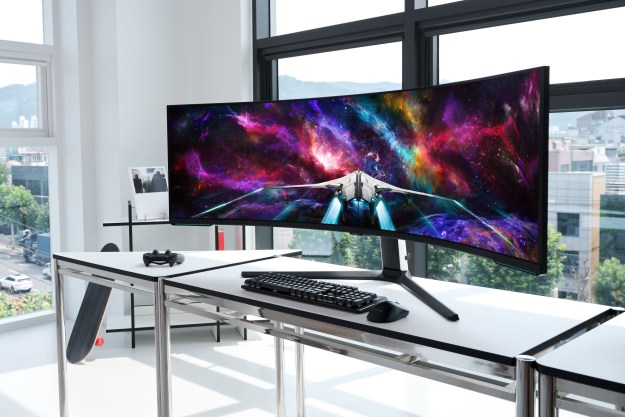
According to Kolondra, Opera 43 will become “smarter” over time as it learns what websites are attached to URL inputs. For example, let’s say a user may frequent the New York Times website, entering the URL into the address bar at least once a day. If so, Opera will associate the website with the address and begin loading the site in the background before the URL is fully entered into the address bar.
“In addition, when you search for something in the address bar, it will load the results likely to be clicked in the background,” Kolomdra said. “Opera can predict what page a user is going to load not only from its behavior, but also when the current page uses the < link rel=prerender … > tag.”
In addition to the new instant page loading feature, Opera now includes Profile Guided Optimization (PGO). It’s a technique used to convert instructions into a language that can be understood by the computer. This technique learns what the best usage scenarios are so that Opera performs tasks faster, reducing its use of the local processor.
Kolondra said that Profile Guided Optimization enables Opera to load up to 13 percent faster on a PC based on Intel’s Core i7-4600 processor (2,1GHz) and a 32-bit copy of Windows 7. That’s because the new feature optimizes “the most important parts” of Opera, including the browser engine. Compared to Opera 42, this latest version saw speed improvements of 60.3 percent in Speedometer, 7.7 percent in JetStream, and 3.35 percent in Octane.
Finally, Opera 43 includes what the company calls “classic link selection.” This allows users to select text within a link without causing the link to activate. By clicking and dragging horizontally, users can now select the text without problems. To drag the link, users simply use a vertical click-and-drag method.
Opera 43’s release follows news of the Opera Neon concept browser in late January. It’s a new approach to browsing the internet that sports a sidebar which bundles a download manager, an image gallery, and a video player. Opera Neon also includes a vertical tab bar located to the right, so that tabs are more visually separated. Other features include a start page that integrates the user’s desktop wallpaper, and an intelligent tab management system.
As for the mainstream version of Opera, the company spent the last year speeding up the browser with page-load optimizations, a better start-up process, and native ad-blocking. Other installed features included a built-in VPN client, video pop out, a battery save mode, and more. Web surfers wanting to download Opera 43 can grab the file right here.


